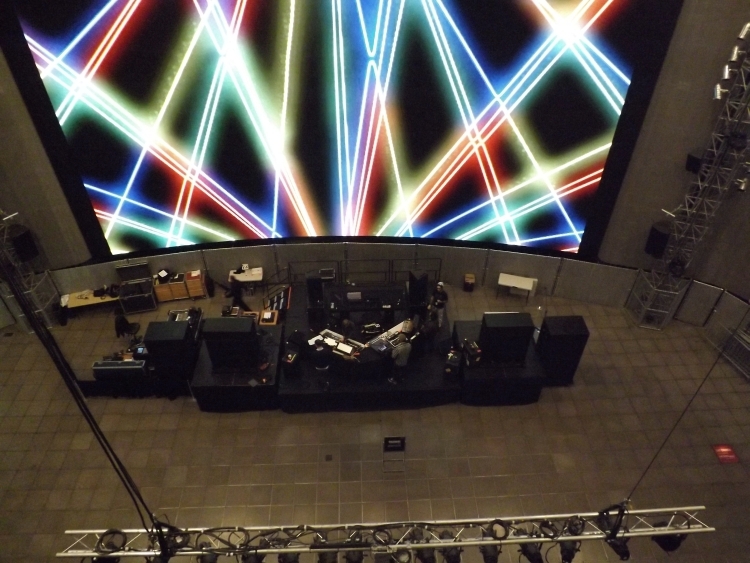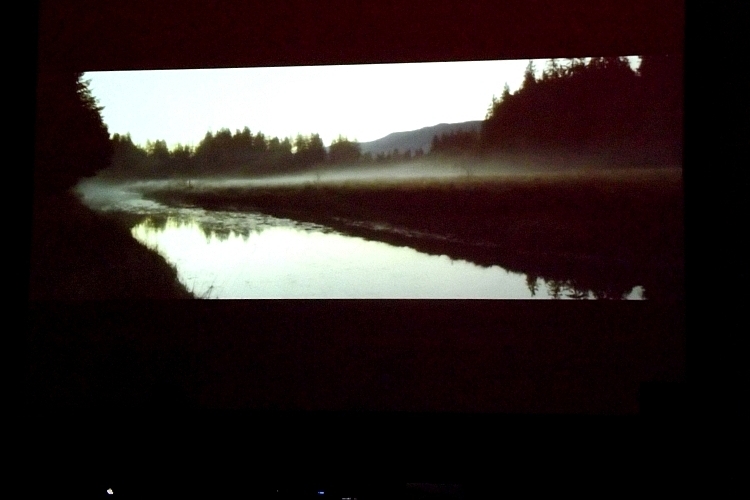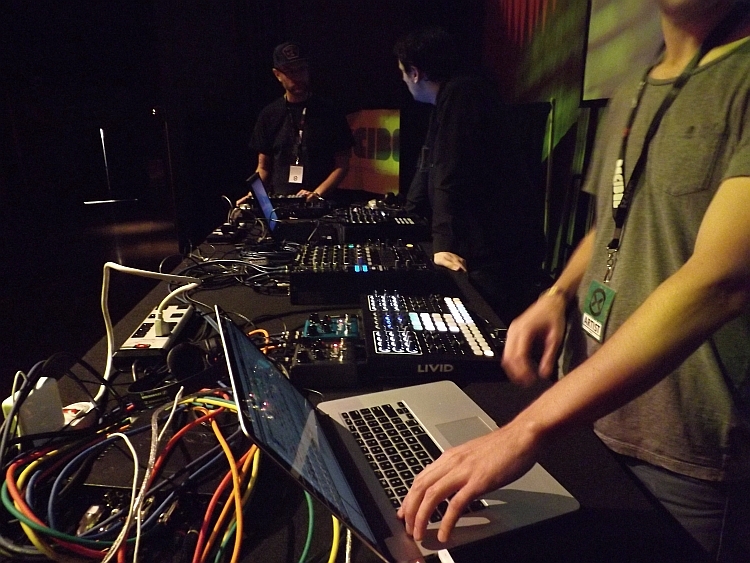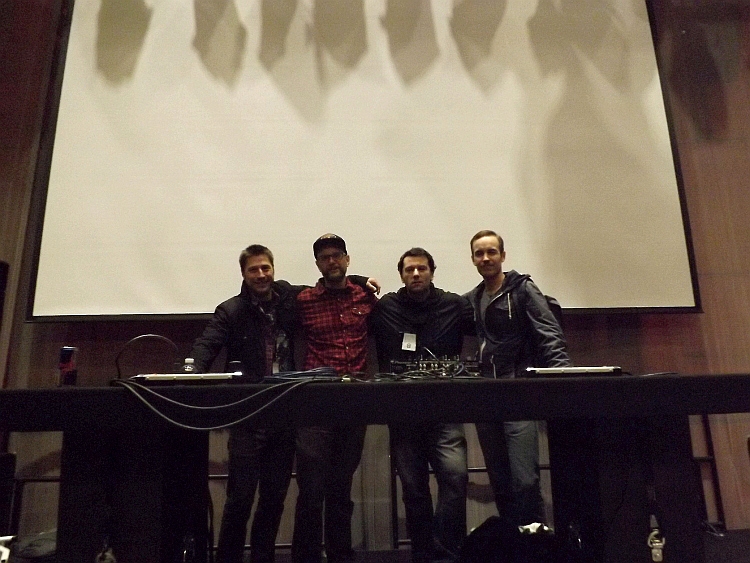I had travelled about an hour out of Vancouver last Friday morning to meet up with Jamie McCue and Dan Anthon. Jamie is the founder and curator of Silent Season, a small ambient and dub techno imprint based in Canada’s Comox Valley and Dan is the mastermind behind the label’s visual aesthetic. Drawing from the seemingly endless beauty of their immediate surroundings they’ve been presenting a discography that has helped recognize emerging artists and garnered genuine interest in the geography that inspires it.
They were both invited to host a showcase at this year’s Decibel Festival alongside two of the label’s most prominent figures: ASC andSegue. The show was a collaborative effort with Secondnature, an ambitious group of young minds helping develop context for some of techno’s more obscure outputs. It was the first time Silent Season had ever been presented on a festival stage and the first time all of them would be in the same room together. It was the kind of situation that drew equal parts support and disapointment from an international community that were largely unable to attend.
Jamie and Dan were making their way over from the island and we had agreed to meet at an appropriate checkpoint early that morning. The drive down was as cloudy and wet as they come, but it seemed to clear up as we approached Seattle. Traffic didn’t leave us much time so a brief check into the hotel, where a towering Marcel Dettmann had also just arrived, had us quickly off to the EMP for sound check. After a warm bump in with Communikey founder Kate Lesta we were whisked away through a number of back halls to the green room at Sky Church. Realizing we still had about a half hour to kill we reveled in the impressive setup and enjoyed a taste of the set Simian Mobile Disco had planned for that night.
Soon after we hurried to level 3 and the guys got straight to work. Jordan Sauer (Segue) and James Clements (ASC) arrived with minutes to get their gear on stage and plugged in. Jamie had already been teasing the speakers with sub frequencies. They had all originally been slated to perform in a more intimate space, but a last minute program change had them enjoying the benefits of a larger sound system. After everyone got the clear we took 15 minutes to get in our last meal of the night.
Doors opened and lights dimmed as festival goers made their way into the venue and respectfully took their seats. Jamie set the tone with calming field sounds and airy pads. His set had a satisfying arc, moving through a wide range of the Silent Season catalog, as beatless ambience patiently blossomed into deep pulsating rhythms.
Dan was situated at the back of the room getting aquainted with a setup he had pieced together just days earlier. He had spent the last two and a half months combing Vancouver Island for material to help him bring the Silent Season world to life. The visuals were stunning. Time lapse scenes showcased much of the surroundings Jamie and Dan have been championing and they would blend into beautiful fusions of geometric shapes and soft colors. It was a treat to see it in motion and while I regret not bringing a SLR to get more appropriate video, I’m certain we’ll get to see more of it in the future.
















